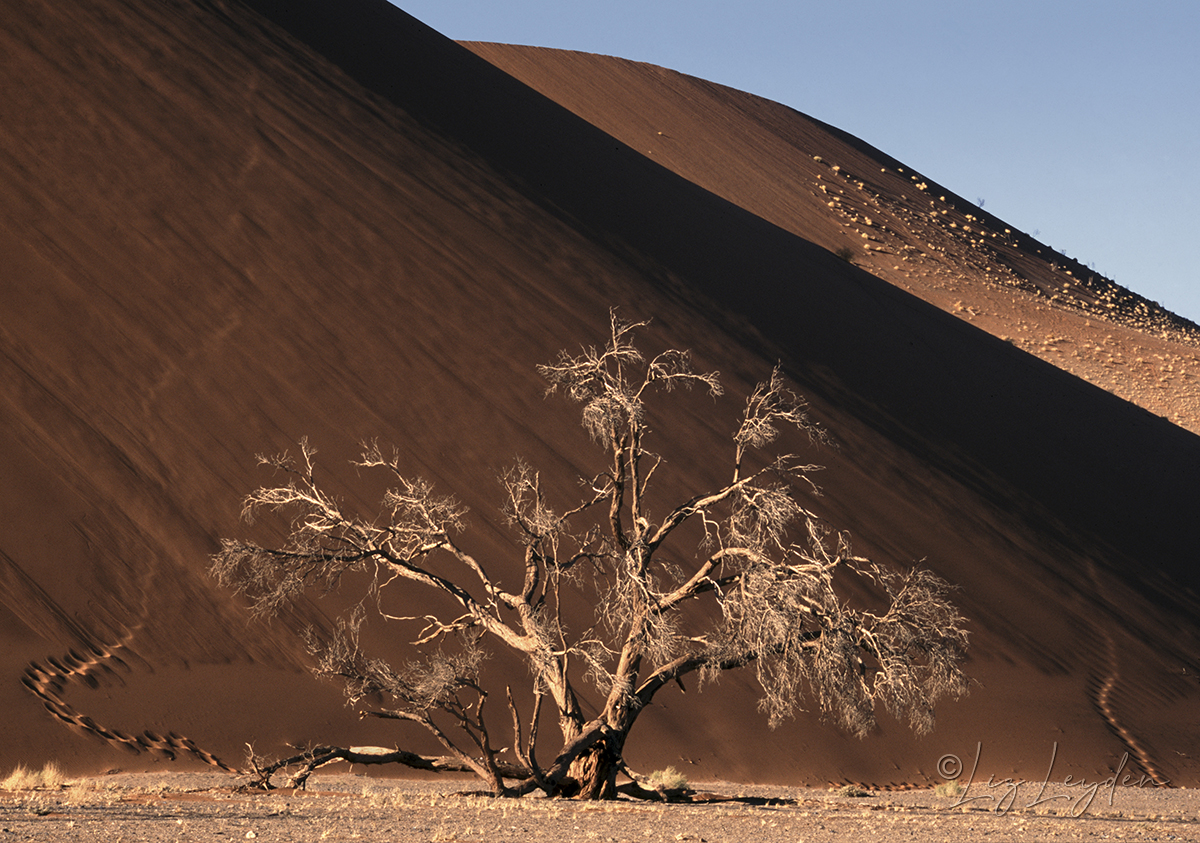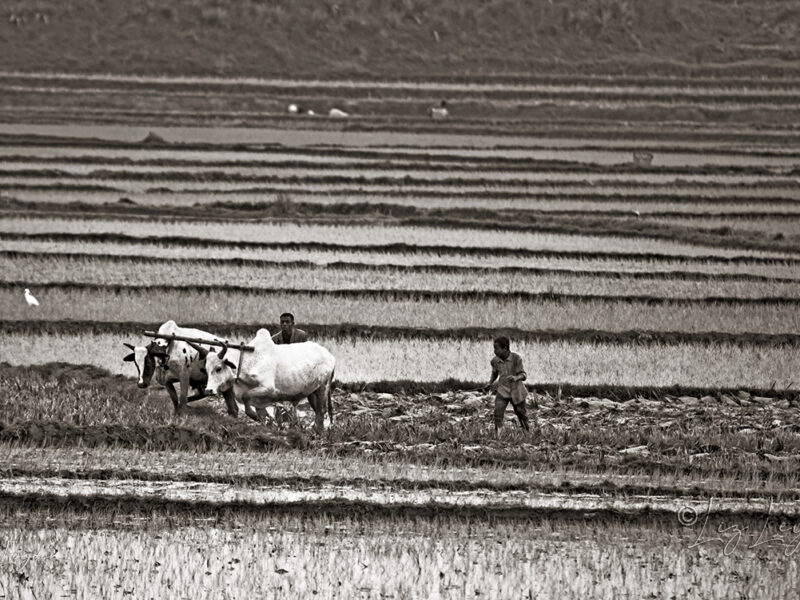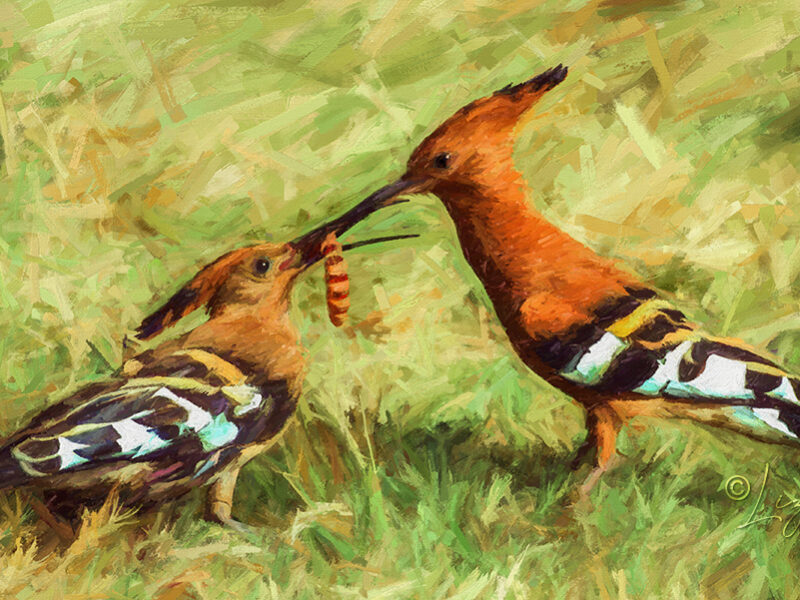Footprints curve down towards a Camelthorn tree, Vachellia erioloba (fka Acacia eriologa) in winter, in front of Dune 45, the highest sand dune in the Namib Desert in Namibia, southern Africa.
Camelthorn trees (Kameeldoring in Afrikaans) are alternatively called Camel Thorn or Giraffe Thorn, the latter being a more correct translation of the Afrikaans, in which Kameelperd is one of the words for Giraffe. Giraffes have specially adapted narrow mouths and long, prehensile tongues, which make it easier for them to eat the leaves without being pierced by the thorns. Giraffes also have particularly viscous saliva, which protects their long throat and stomach from any thorns they accidentally swallow by coating the sharp thorns so enable them to slide ‘down and out’.
Camelthorns are particularly drought resistant, and thrive in the deep sands of the desert and semi-desert areas of Southern Africa. To survive in this habitat, they have very long taproots of up to 60m long.
Vachellia erioloba is a member of the Legume family: its fruit is a curved pod which is eaten by cattle and various wild herbivores, including Rhino, Elephant, Orxy (Gemsbok), and Eland.
Fun fact: I had to get up at 4 a.m. to get to the gate of the Namib Desert National Park by sunrise. As it was July, it was really cold, only a couple of degrees above zero. So I put my pjs on under my clothes, thinking I could take them off when I got there … but there was nowhere to change. So I was rather hot by the middle of the day! Luckily, it’s a dry heat. Had it been humid, I might not have held up so well.
This image is copyright © Liz Leyden. All rights strictly as agreed in writing with the author or her agent.
My photo of the Camelthorn Tree at Dune 25 is for sale as wall art or as various home or personal accessories at Pixels.com.
It is also available for purchase as a stock photo from iStock.


